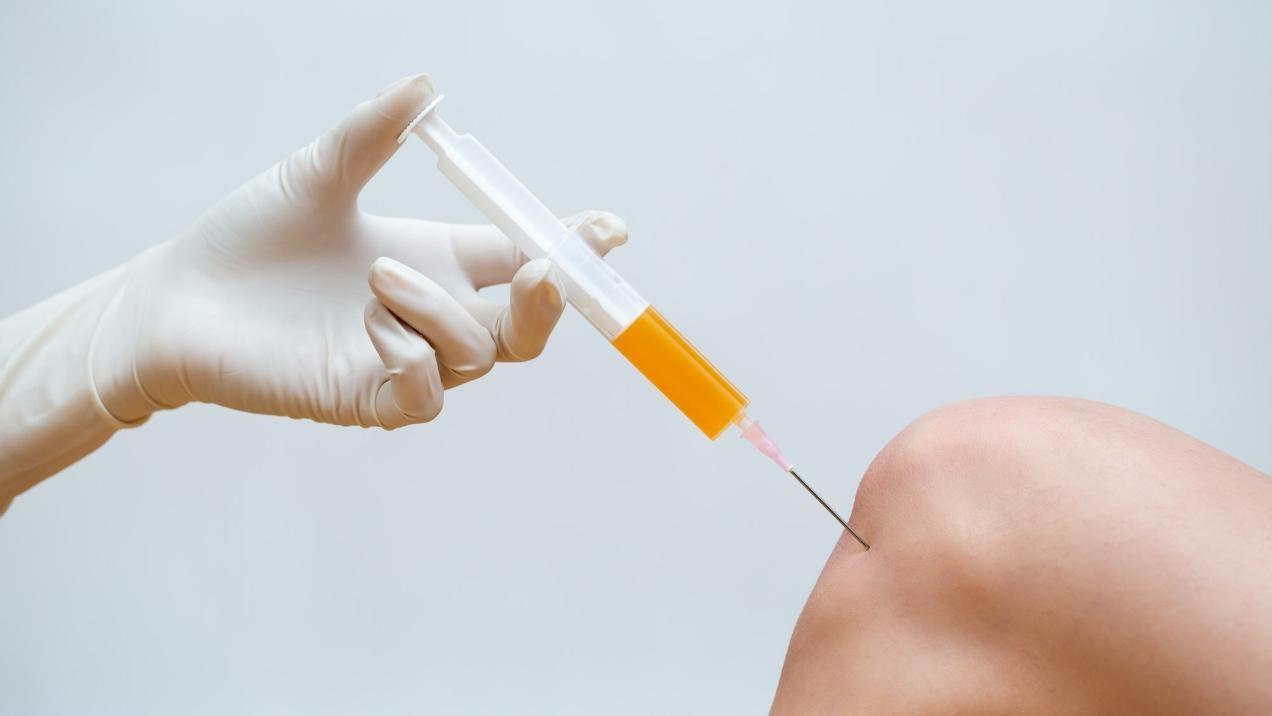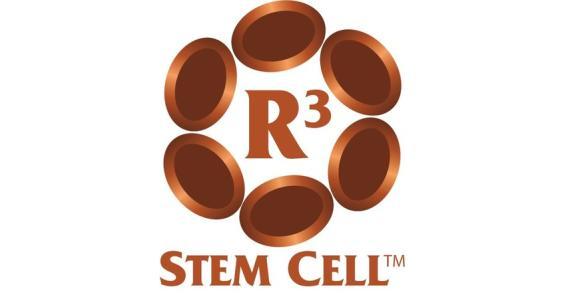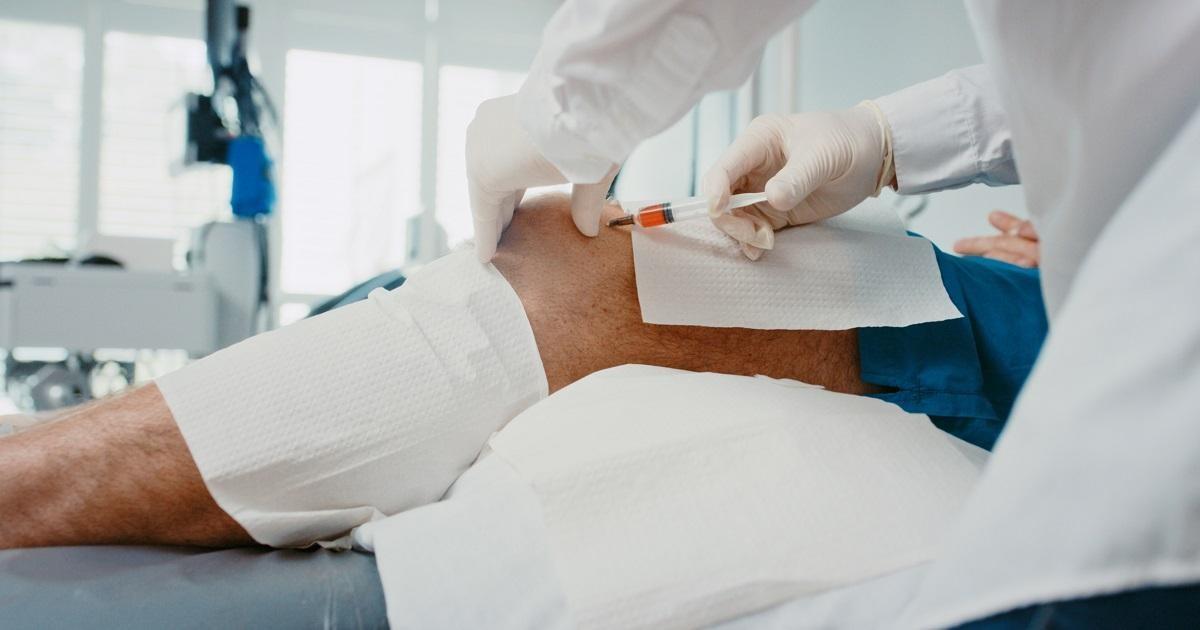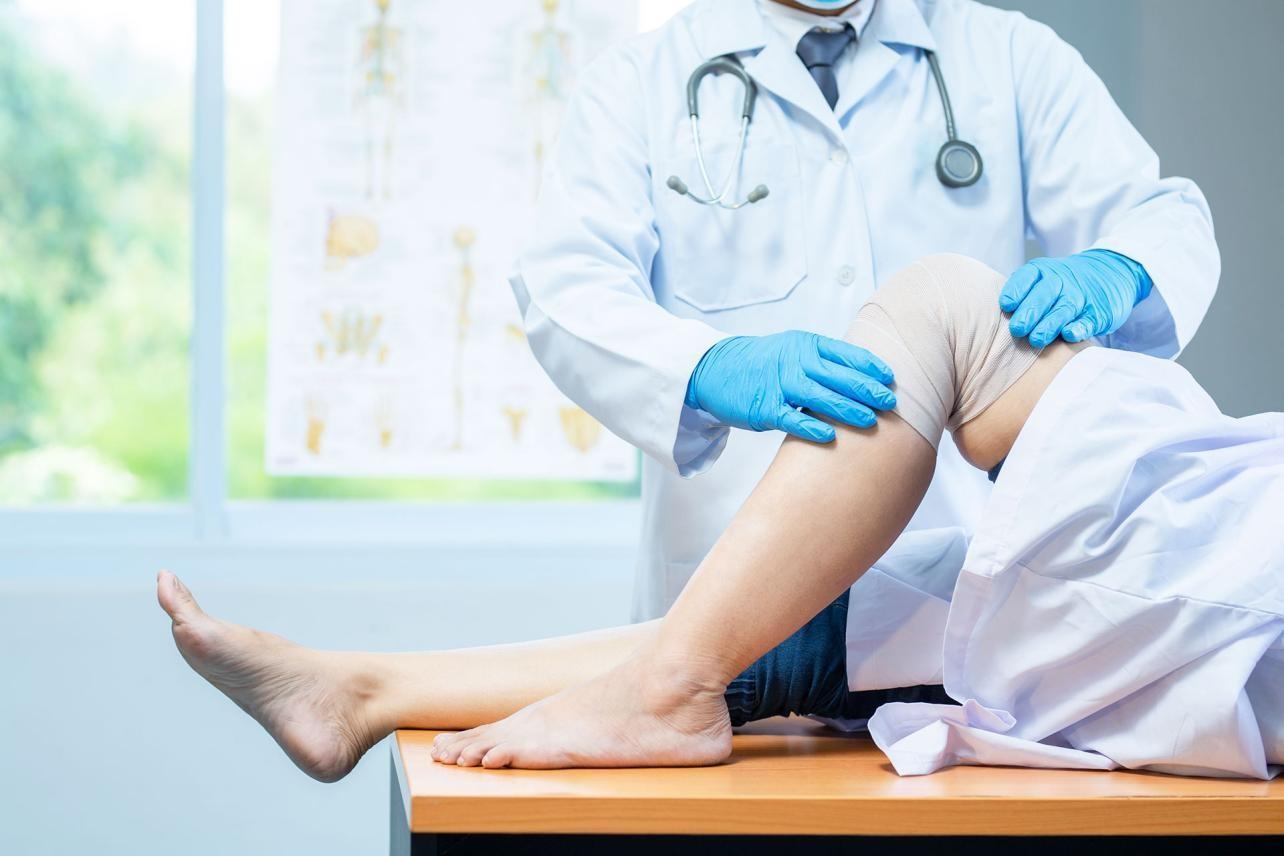A Promising Regenerative Treatment: How Platelet-Rich Plasma Therapy Works

Platelet-Rich Plasma (PRP) therapy is an innovative medical treatment that harnesses the healing power of your own platelets to speed up tissue regeneration and reduce pain. PRP therapy offers hope for those suffering from chronic tendon injuries, osteoarthritis, and musculoskeletal pain by delivering concentrated growth factors directly to the source of pain.

PRP therapy uses your blood platelets that contain hundreds of proteins called growth factors essential for healing injuries and repairing the damage. By injecting platelet-rich plasma into the injury site, PRP therapy stimulates your body’s natural healing abilities at a cellular level. The growth factors help increase collagen production, promote the growth of new blood vessels, and attract stem cells to speed up healing.

Chronic tendon injuries and arthritis can be difficult to treat due to poor blood flow and cellular changes over time. PRP injections may stimulate tendon, ligament, muscle, and joint regeneration where other options have failed. Many patients find relief from their pain and are able to recover lost mobility and range of motion with PRP therapy when combined with physical therapy.
How Effective is PRP for Chronic Tendon Injuries and Arthritis?
For chronic tendon injuries like tennis elbow or plantar fasciitis, studies show PRP decreases pain by up to 93% while improving mobility and range of motion. Patients report an 81% increase in grip strength and 81% less pain after PRP treatment for tennis elbow.
For knee osteoarthritis, the research found PRP decreased pain and increased function, mobility, and quality of life allowing patients to avoid or delay knee surgery.
•PRP provides long-term relief for up to 2 years according to studies. Repeat injections may be needed for some chronic conditions.
•PRP is very safe since it uses your own cells and tissues. Side effects are rare but may include temporary injection site soreness. There is virtually no risk of allergic reaction or disease transmission.
•A study in the Journal of Knee Surgery reported 78–85% of patients had at least 50% less knee pain and improved function after PRP treatment with physical therapy at 1 and 2-year follow-ups.
“We have seen some very successful results using PRP therapy for musculoskeletal injuries and arthritis,” says Dr. Ava Stein, Medical Director of R3 Stem Cell, a national regenerative medicine center of excellence. “When PRP is combined with physical therapy, stretching and strengthening, patients have been able to recover function and range of motion they didn’t think was possible anymore.”
What to Expect During and After PRP Treatment
•Before PRP treatment, blood tests will check for blood-borne diseases. An exam will determine if you are a candidate and the best areas to target. Ultrasound guidance may be used for some joints or tendons.
•Blood is drawn in the same way as routine blood work. The blood is spun in a centrifuge to separate the platelet-rich plasma which is extracted and prepared for injection. A local anesthetic numbs the area minimizing discomfort.
•Guided by ultrasound or anatomical landmarks, the PRP is injected into the injured or painful site(s). You will rest the area for a few days then do gentle range-of-motion and strengthening exercises. Improvement may be felt in 2 to 4 weeks. Additional injections may be scheduled a few weeks apart for a total of 2 to 4 treatments depending on your response.
•You may have injection site soreness for 1 to 3 days managed with ice, rest, and overthe-counter medication. See your doctor right away if you notice increased pain, redness, swelling, or signs of infection. Most patients return to normal activities within 2 to 7 days.
•Physical therapy will be recommended to maximize and maintain improvements. The full benefits are seen around 3 months as new collagen and tissue regenerate. Repeat PRP may be needed for some chronic conditions after 6–12 months.
•See your doctor before resuming strenuous exercise or activity. A gradual build-up of strengthening and range of motion is recommended to prolong the effects of PRP therapy. Lifestyle changes may also be needed to support recovery.
Who Benefits From PRP Therapy?
PRP therapy may help patients with chronic tendonitis, osteoarthritis, musculoskeletal injuries, or pain who have tried other options without relief or success. PRP is often used when rest, medications, physical therapy, bracing, or steroid injections have failed to provide benefits.

Ideal candidates for PRP treatment include:
•Patients in overall good health without blood cancers or platelet disorders. PRP uses your concentrated platelets so platelet numbers and function must be normal.
•Non-smokers and those willing to comply with a physician-guided rehabilitation program. Smoking and lack of exercise can impede the benefits of PRP therapy.
•Patients willing to make necessary lifestyle changes to support the healing process. Recovery needs extra rest, nutrition, hydration, and a gradual increase in activity.
•Those wanting to avoid or delay surgery. For knee osteoarthritis or tendon injuries, PRP may eliminate or postpone the need for surgical intervention when other options have failed.
PRP therapy may not be recommended if you have:
•Chronic liver disease, uncontrolled diabetes, or active infections. These conditions can affect platelet production, numbers, and healing ability. Infections must be treated before PRP injections.
•Anticoagulant or anti platelet medications. These may need to be stopped before PRP therapy. Discuss this with your doctor before treatment.
•Severe anemia or bleeding disorders. Conditions affecting your blood cells and clotting can influence the effectiveness and safety of PRP injections. Your doctor will determine if PRP therapy is appropriate based on blood test results and medical history.
Frequently Asked Questions How Much Does PRP Therapy Cost?
The total cost of PRP therapy will depend on the number of injections needed which typically ranges from $500 to $1500 per treatment. PRP is considered an elective regenerative treatment, so most insurance plans do not provide coverage. However, some insurers are beginning to cover PRP, especially if it can help patients avoid surgery. Several factors determine the exact cost including the areas being treated, the number of injections, and the experience of the physician.
How Soon Can Normal Activities Be Resumed After PRP Treatment?
Most patients return to light activity and work within 2 to 7 days after PRP treatment depending on the areas injected and response. Strenuous exercise should be avoided for 3 to 5 days. Your doctor will provide specific instructions based on your individual condition and areas treated. Physical therapy or rehabilitation may start within a week to maximize and maintain improvements. A gradual build-up of activity is recommended over weeks to months to prolong the benefits of PRP therapy.
Conclusion
Platelet-rich plasma (PRP) therapy is a non-invasive medical procedure that uses the patient’s own blood to foster healing and regeneration in injured tissues. It has gained popularity in recent years due to its regenerative properties and low risk of complications. PRP therapy promotes tissue growth and regeneration by harnessing the body’s natural healing abilities and can be used to treat a variety of conditions, including musculoskeletal injuries, osteoarthritis, tendinitis, and skin rejuvenation.
While PRP therapy is generally considered safe, there are some risks and limitations associated with the procedure. Patients with blood disorders, autoimmune diseases, and cancer may not be eligible for PRP therapy. Moreover, PRP therapy is not a guaranteed cure for all conditions, and some patients may require multiple sessions to achieve optimal results.
Overall, PRP therapy represents a promising treatment option for patients with various conditions, offering non-surgical, non-invasive, and versatile applications. As with any medical procedure, it is important to consult with a qualified healthcare provider to determine if PRP therapy is the right choice for you.
